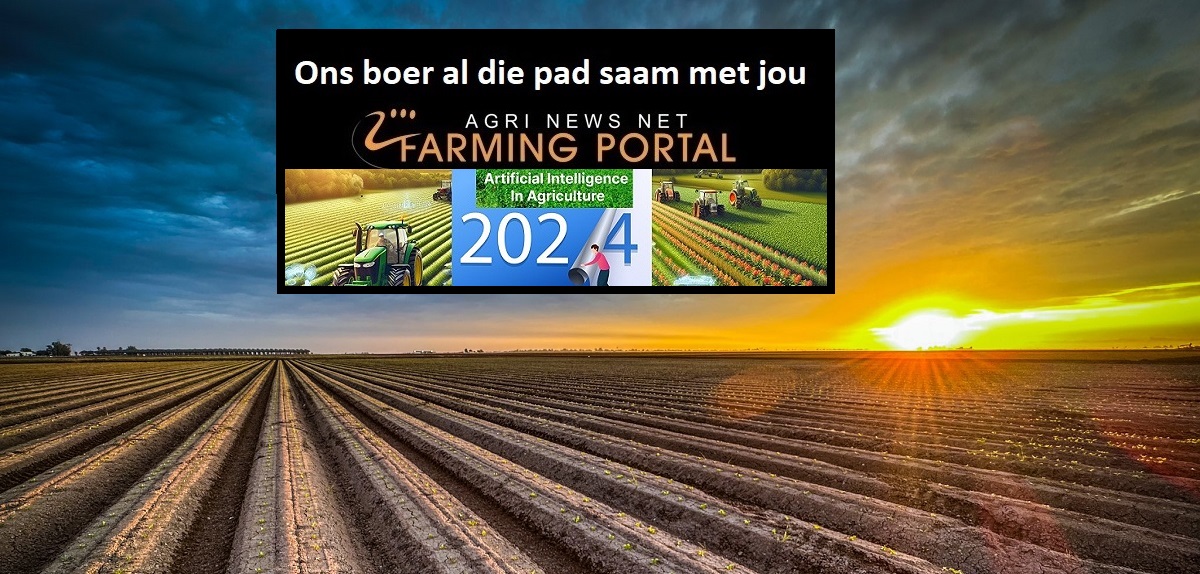Editing just two genes in ground cherries (Physalis pruinosa) produced plants that yielded more and bigger fruit, researchers report October 1 in Nature Plants. Those edits mimic changes that occurred in tomato plants during domestication, bringing the sweet tomato relative a step closer toward becoming a major berry crop, says study coauthor Zachary Lippman, a plant biologist at Cold Spring Harbor Laboratory in New York.
Ground cherries and their close relatives Cape gooseberries or golden berries (Physalis peruviana L.) are grown in many parts of the world, but have traits — such as dropping their fruit on the ground — that make them unattractive for large-scale agriculture.
“This is a really unruly plant with great potential,” says Harry Klee, a plant geneticist at the University of Florida in Gainesville. The new work serves as a how-to manual for others interested in rapidly domesticating new crops, he says.
Lippman, plant biologist Joyce Van Eck of Cornell University and their colleagues deciphered the ground cherry’s genetic instruction book, or genome, and looked for genes that give domestic tomatoes some of their characteristics. Cutting one gene called SELF-PRUNING 5Gwith the gene editor CRISPR/Cas9 created a mutation that caused the plants to stop making shoots and leaves and to instead produce more flowers and fruit. The altered plants yielded 50 percent more fruit on each shoot than unaltered ground cherries. Snipping a second gene, CLV1, caused the fruit to grow 24 percent heavier.
Breeders might make mutations in the same genes by irradiating seeds or treating them with chemicals, but it would take decades, says Lippman, who is also a Howard Hughes Medical Institute investigator. Gene editing accelerated the process, compressing the time to just a couple of years. The berries aren’t yet fully domesticated — they still drop fruit on the ground — but the researchers plan to make other modifications.
 GMOs and genetic engineering are wildly misunderstood
GMOs and genetic engineering are wildly misunderstood
Researchers might not be able to use the same tricks for plants without well-studied domestic relatives, says Martin Mascher, a computational geneticist at the Leibniz Institute for Plant Genetics and Crop Plant Research in Gatersleben, Germany. “CRISPR is a very precise tool, but it also requires precise knowledge,” he says. Science Bulletin.
Climate change threatens global food security, but the biggest impact will be in arid, low social-economic regions. To improve food security, new breeding technologies (NBTs) could be implemented for re-domestication of crop wild relatives (CWR). CWR harbor many beneficial traits, but it is difficult to incorporate these traits into conventional breeding programs. Thus, although genebanks hold significant collections of CWR, their potential has yet to be reached. Using barley as an example, we describe how using genebank collections, digital sequence information and NBTs, re-domesticated barley can be produced with improved characteristics, while retaining the resilience and adaptation of the original material. Lastly, we highlight some obstacles that need to be overcome for re-domesticates to be adopted.
The acceleration of crop improvement programs through biotechnology and breeding has led to the discovery of crucial traits for the production of improved varieties that could ameliorate the negative consequences of population increase and climate change. These target traits include increased yield and tolerance of biotic and abiotic stress, with drought, heat, and salt tolerance being particularly important, along with broad, durable resistance to diverse pathogens. Additional target traits focus on agricultural inputs (nitrogen use efficiency and usage of other nutrients, water use efficiency, herbicide tolerance), photosynthetic efficiency, plant architecture, and on so-called output traits, such as lipid composition. Indeed, modern biotechnology allows researchers to manipulate key enzymes in specific metabolic pathways, which can be used to increase the levels of desirable nutrients such as vitamins and iron while decreasing the levels of unfavorable compounds such as phytic acid and acrylamide-forming amino acids. Although many modifications have shown promise in the lab, improving agronomic traits requires communication between breeders and molecular biologists to identify interventions that avoid tolerance–yield tradeoffs and produce changes that improve crop production under actual field conditions















